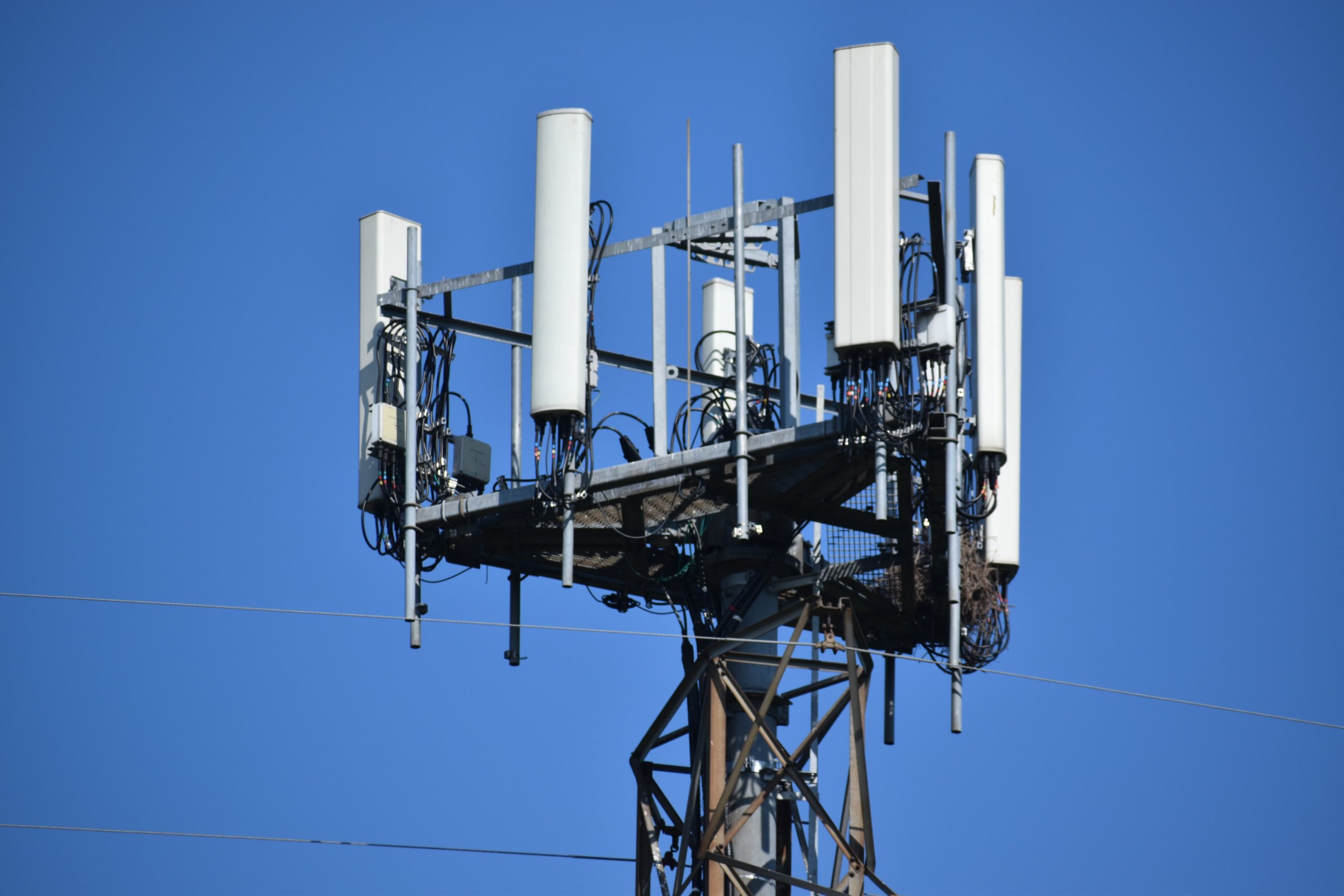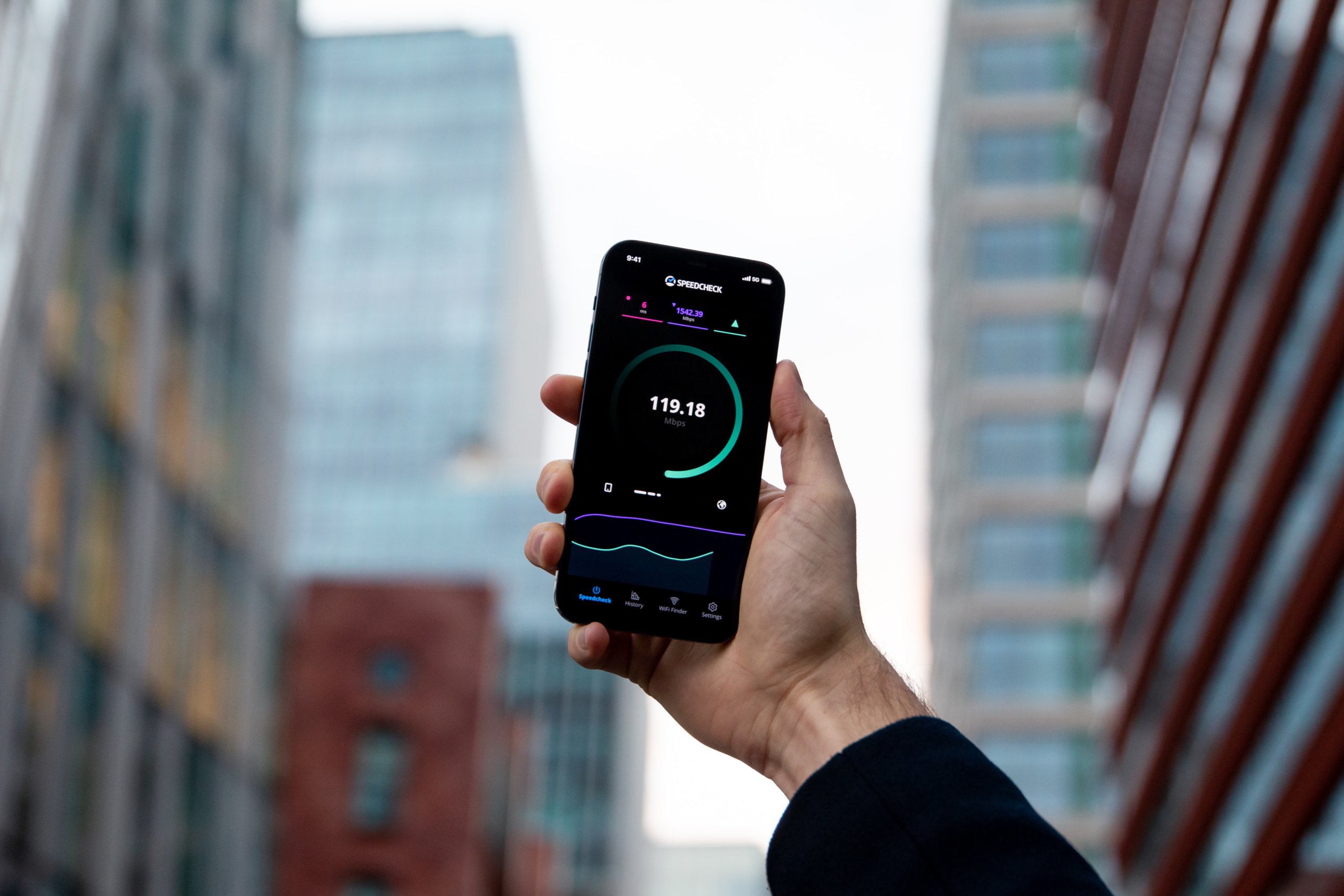
5G is on its way to all consumer-level devices, and we can’t wait for faster download speeds and more seamless Internet of Things (IoT) interactions. The possibilities were already endless with IoT, but adding 5G into the mix will only boost the quality and user experience of IoT applications even more.
Jabil surveyed 204 executives and over 1,000 employees in companies with 5G network development for its 5G Technology Trends Report. The survey respondents were asked about consumer adoption, challenges of 5G, and how 5G can be applied across industries. Let’s see what they have to say about the future of tech and IoT with 5G!
When will 5G Become Mainstream?
Over 60% of the survey respondents believe that 5G will hit mainstream status sometime by 2021. 20% believe it will take until 2022, while 11% expect it will take until 2023. A small minority (5%) of responses suggested five or more years until 5G becomes mainstream.

Interestingly, the answers were stratified by age group, and Jabil found that younger executives were more likely to believe that 5G will become mainstream sooner rather than later. 79% of millennials think consumers will adapt quickly, compared to 59% of Gen Xers and 34% of baby boomers.
Companies like Verizon and AT&T are already making a big push for 5G-enabled smartphones. Verizon even launched 5G networks in a few cities across the United States, including Chicago and Minneapolis. Sprint kick-started the 5G roll-out earlier this year by announcing it would bring 5G to four cities: Atlanta, Chicago, Dallas, and Kansas City.
Consumers usually follow the lead of the companies, so Sprint and Verizon’s initiative helps bring 5G to every consumer much faster. Considering Verizon plans to bring their 5G city number to 30 by the end of 2019, consumers won’t have to do much to reap the benefits of the 5G roll-out.
5G Won’t Be Rolled Out Collectively
While Sprint, Verizon, and AT&T are already rolling out 5G networks, the same can’t be said about other telecom companies. Most organizations (about 56%) are still working out the architecture or implementation plan for their 5G offering.
Put simply, it comes down to which company has more funding and budget to dedicate to new technologies. AT&T and Verizon are established, commonly-used telecommunications services and can hire the required amount of partners and experts to get the job done earlier than the rest of the pack.
Looking at companies regardless of their industry, almost 25% are in the field trial or service development stage, while almost 20% are in initial deployment.
Where Will 5G Become Mainstream First?
Since 2015, China has already outspent the US in 5G infrastructure costs by $24 billion. The country built 350,000 new 5G sites in the same time it took the US to build 30,000 cell sites. And that’s not all — China plans to continue investing heavily in 5G infrastructure, to the tune of hundreds of billions of dollars, according to New York-based consulting company Deloitte.
However, 67% of respondents said that when 5G does become mainstream, it’ll start in North America first. On the other hand, 12% of executives believe Europe will lead 5G adoption.
Nokia says that their push to be the first to bring LTE to North America resulted in profits upwards of $6.6 billion over five years compared to their competitors. As a result, U.S.-based telecommunications companies are racing to become the first comprehensive provider of 5G to North Americans.
According to a report by Ericsson, all major U.S.-based communication service providers plan to roll out 5G by late 2019. By this time next year, we could be utilizing consumer-grade IoT applications that work quickly and accurately across our house, office, car, and gym.
Okay, maybe that’s a dream for now, but one thing is for sure: The countries who get to the finish line first will have major competitive advantages over the rest of the world for quite a while as the others play catch up.
Business Applications Will Help Accelerate 5G
About 75% of the Jabil survey respondents believe 5G will come to business applications before consumer-grade applications. One of 5G’s most important use cases will be enhanced mobile broadband (EMBB); this new technology increases data transfer and download rates, 360-degree video streaming, real-time translation capabilities, and better opportunities for virtual and mixed reality applications. Since businesses will take the lead on these new capabilities, that also means they’ll have worked out a considerable number of hiccups before they reach consumer applications.

But besides this trial-and-error phase, employees will greatly benefit from 5G in a number of ways. Commuters could connect to their network while traveling below-ground to work; meanwhile, remote workers would feel more “at home” with smart offices where devices are connected and seamlessly communicating. Meetings will become more engaging with 360-degree video and real-time translations for internationally-based employees.
Outside of the office, EMBB will start to benefit consumers in a variety of ways. It will bridge the gap in life-or-death situations, like autonomous driving, due to the speed of the network. Healthcare applications, like wearables or remote surgery, could produce and transfer more data for a more holistic real-time picture of the patient’s health. The applications across industries are literally endless and can’t possibly be summed up in one blog post.
Ready… Set… Go!
At this point, the race to implement 5G comprehensively could be seen as an “International Race to the Top”. No country wants to get left behind, but many will inevitably deal with 4G for the next five years as infrastructure and engineering costs lower over time.
Because it will optimize a variety of performance factors like latency, power consumption, operating cost, and bandwidth, 5G will open up a plethora of new capabilities for IoT devices and other technologies.
Want to learn more about what 5G means for the future? Check out Part 2 now!





